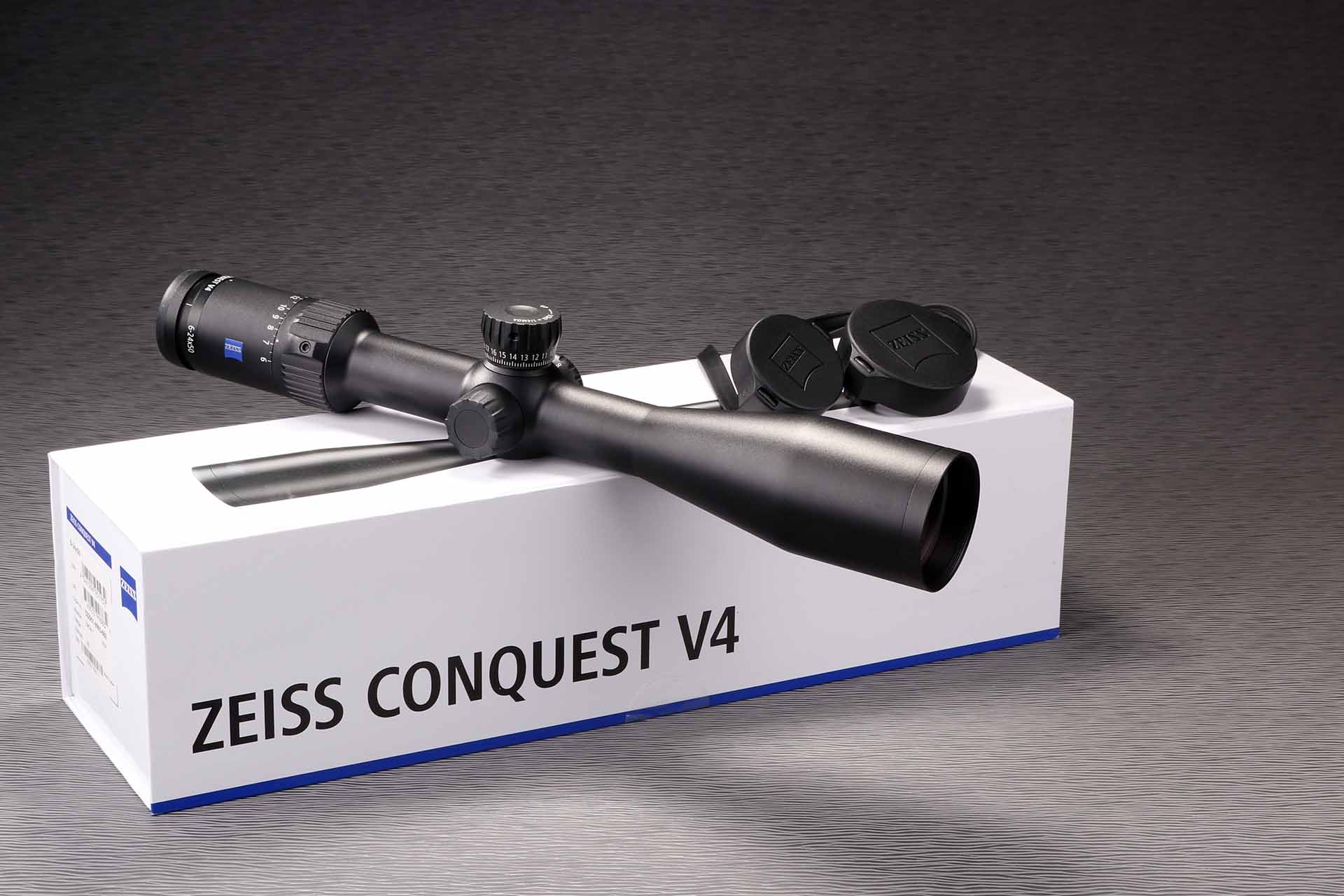
Determining Corneal Power after Radial Keratotomy.

Unlike ablative forms of myopic keratorefractive surgery (LASIK and PRK) in whichthe ratio between the posterior : anterior corneal radii is decreased, for eyes thathave previously undergone radial keratotomy, the ratio between the posterior : anteriorcorneal radii is increased. This allows for a direct estimation of the central cornealpower using elevation data of the central 4.0 mm, if carried out in a certain way.
View & download of more than 429 Zeiss PDF user manuals, service manuals, operating guides. Microscope, Binoculars user manuals, operating guides & specifications. Zeiss ATLAS 9000 Corneal Topography System. Complete with manuals, software, covers, keyboard, warranty $ 5,475.00 Zeiss Humphrey Atlas 993 Topographer. Zeiss Humphrey Atlas 995 Topographer Description: The ATLAS Eclipse Model 995 is the most advanced system available. With more than 15 years experience in corneal topography, Carl Zeiss Meditec now offers the next generation of the ATLAS® Model 9000. The ATLAS System delivers the clinical accuracy essential to today’s eye care practice, in a powerful and easy to use platform. With applications including contact lens fitting, pathology detection. Zeiss atlas 995 manual. 5/3/2017 0 comments surplus process equipment lab. Thermo jarrell ash, aa- scan 4, model- scan 4, date- 3/9.
Image above: Zeiss Atlas Topographer, Annular Ring Power from the Numerical View feature. Use the average of the 1 mm, 2 mm, 3 mm and 4 mm annular power values. |
For eyes with prior radial keratotomy, averaging the 1 mm, 2 mm, 3 mm and 4 mm annular power rings of the Numerical View of the 995, 994, and 993 Zeiss Atlas topographer (right) will typically give a useful estimate of central corneal power.
For the Zeiss Atlas 9000 topographer, you would take average of the 1 mm, 2 mm, 3 mm and 4 mm ring (not zone) values. If the Zeiss Atlas topographer is not available, then the adjusted effective refractive power (EffRPadj) from the Holladay Diagnostic Summary of the EyeSys Corneal Analysis System can be used.
Zeiss Atlas 995 Manual Instructions
Above image: Axial curvature map from the Zeiss Atlas 9000 topographer displaying the ring values. For prior RK, the 1 mm, 2 mm, 3 mm and 4 mm ring values are used to estimate the central corneal power.
The key concept here is that we are looking to discover the corneal power at its center. Instruments such as manual keratometers, autokeratometers, or simulated keratometry using a standard topographer will typically over-estimate the central corneal power, resulting in a post-operative hyperopic surprise.

Of course, correctly estimating the central corneal power following RK is only half of the exercise. The calculated IOL power must also be adjusted to prevent the artifact of a very flat central corneal power from having the formula underestimate IOL power. Follow this link: 2-variable IOL Power Formulas for a summary of why this is so and how this is carried out.
Transient hyperopia following cataract surgery and prior radial keratotomy
Patients with previous 8-incision radial keratotomy will commonly show variable amounts of transient hyperopia in the immediate post-operative period following cataract surgery. This is felt to be due to stromal edema around the radial incisions, producing a temporary enhancement of central corneal flattening. While this central corneal flattening is usually transient, it can be as much as +4.00 D, and is further accentuated by greater than eight incisions, an optical zone of less than 2.0 mm, or incisions that extend all the way to the limbus.

Zeiss Atlas 995 Manual 2
If a patient exhibits any of the above, significant unanticipated hyperopia may be seen in the immediate post-operative period, which should gradually resolve after eight to twelve weeks. Sometimes, due to a lack of corneal stability, the post-operative refraction can continue to slowly shift myopic over a several month period. We have seen several patients with myopic shifts as large a -5.00 D over a 12-week period.
If the final post-operative refractive objective remains elusive, plans for an IOL exchange, or a piggyback IOL, should not be made until at least two months have passed and two consecutive refractions, two weeks apart (at the same time of the day), are stable (the 'rule of twos.').
Zeiss Atlas 995 Manual Review
Also, if more than six months passes before cataract surgery is required for the fellow eye, the corneal measurements should be repeated due to the fact that additional corneal flattening frequently occurs over time following radial keratotomy. For this reason, IOL power calculations are usually targeted for between -0.75 D and -1.00 D and are designed to make the operative eye more myopic than usual, so that five to ten years from surgery, the post-cataract surgery refractive error does not drift into hyperopia. This also helps to avoid hyperopic refractive results, which are quite common, in spite of every precaution being taken.

Zeiss Atlas 995 Manual Free
Of all the various forms of keratorefractive surgery, we have had the best overall accuracy following radial keratotomy using the above technique.